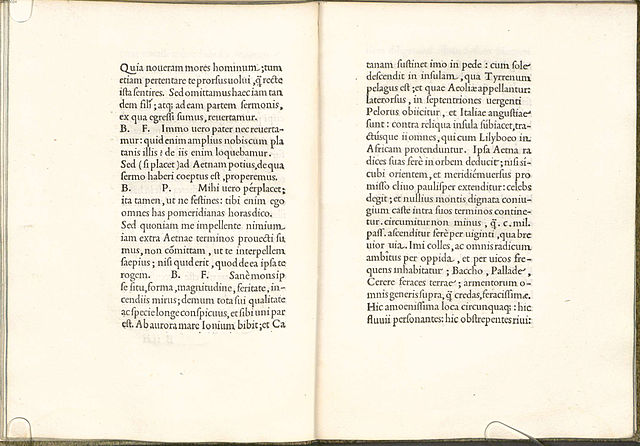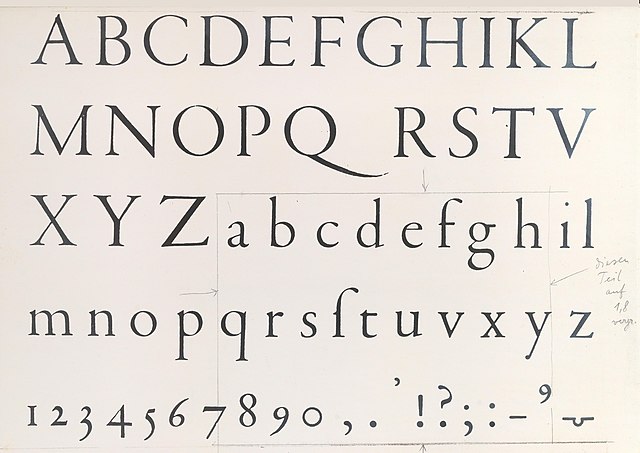Roman square capitals, also called capitalis monumentalis, inscriptional capitals, elegant capitals and capitalis quadrata, are an ancient Roman form of writing, and the basis for modern capital letters. Square capitals are characterized by sharp, straight lines, supple curves, thick and thin strokes, angled stressing and incised serifs. When written in documents this style is known as Latin book hand.
A drawing and photographed carving by Eric Gill of the "Trajan" capitals on the Column of Trajan
The SPQR inscriptional capitals on the Arch of Titus, c. AD 81, are an example of inscriptional lettering which would have been infilled with bronze. Note the holes for the "tangs" of the cast bronze letters.
Close-up of the Lyon Tablet, a bronze tablet from after AD 48
Inscription from the turn of the 2nd and 3rd century AD
In typography, a serif is a small line or stroke regularly attached to the end of a larger stroke in a letter or symbol within a particular font or family of fonts. A typeface or "font family" making use of serifs is called a serif typeface, and a typeface that does not include them is sans-serif. Some typography sources refer to sans-serif typefaces as "grotesque" or "Gothic" and serif typefaces as "roman".
De Aetna, printed by Aldus Manutius
Title page printed by Robert Estienne
Gros Canon type by Garamond
1611 book, with arabesque ornament border








